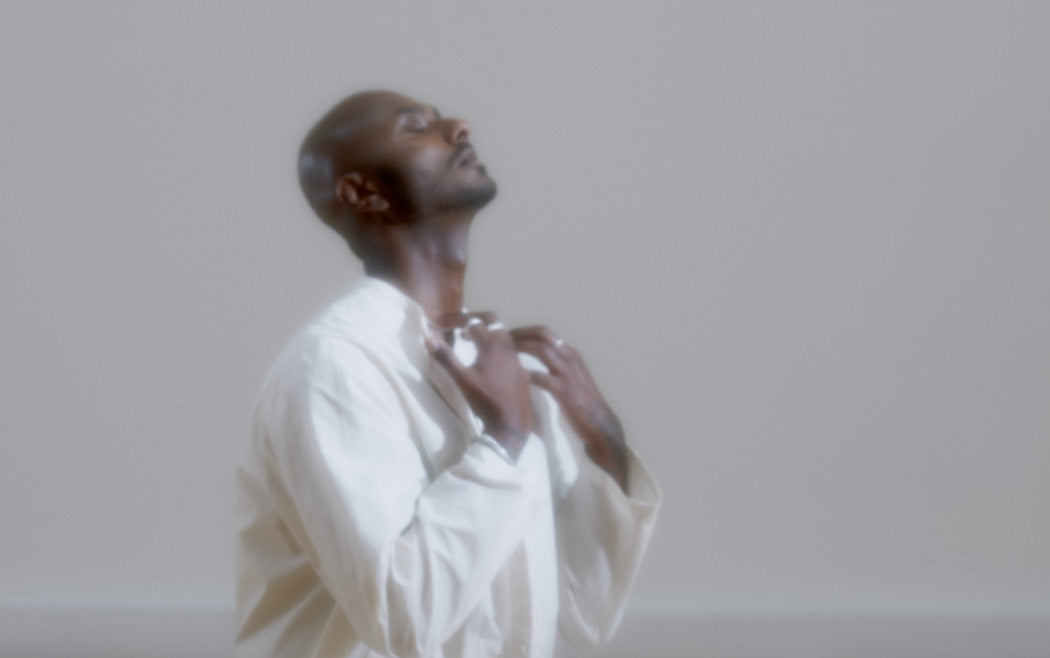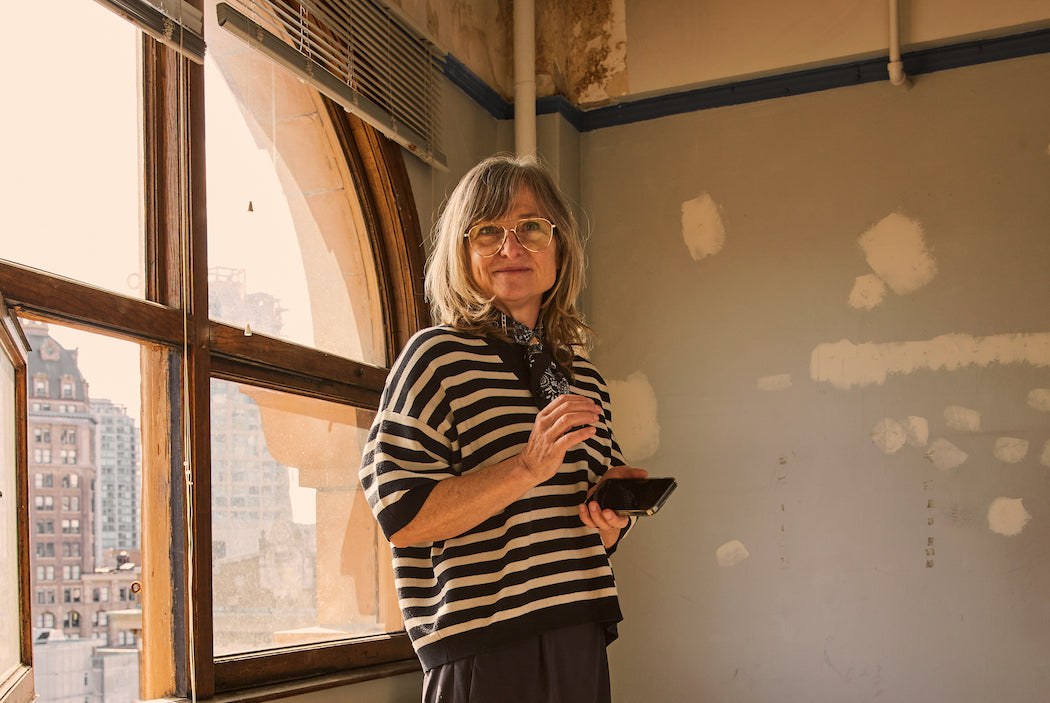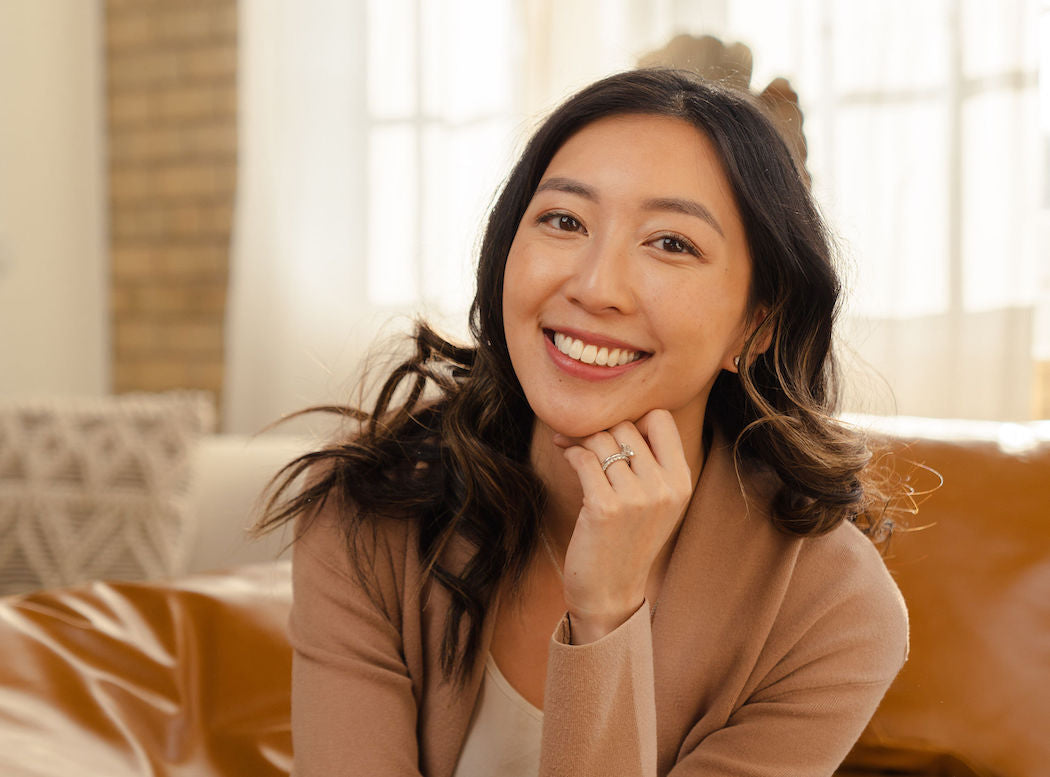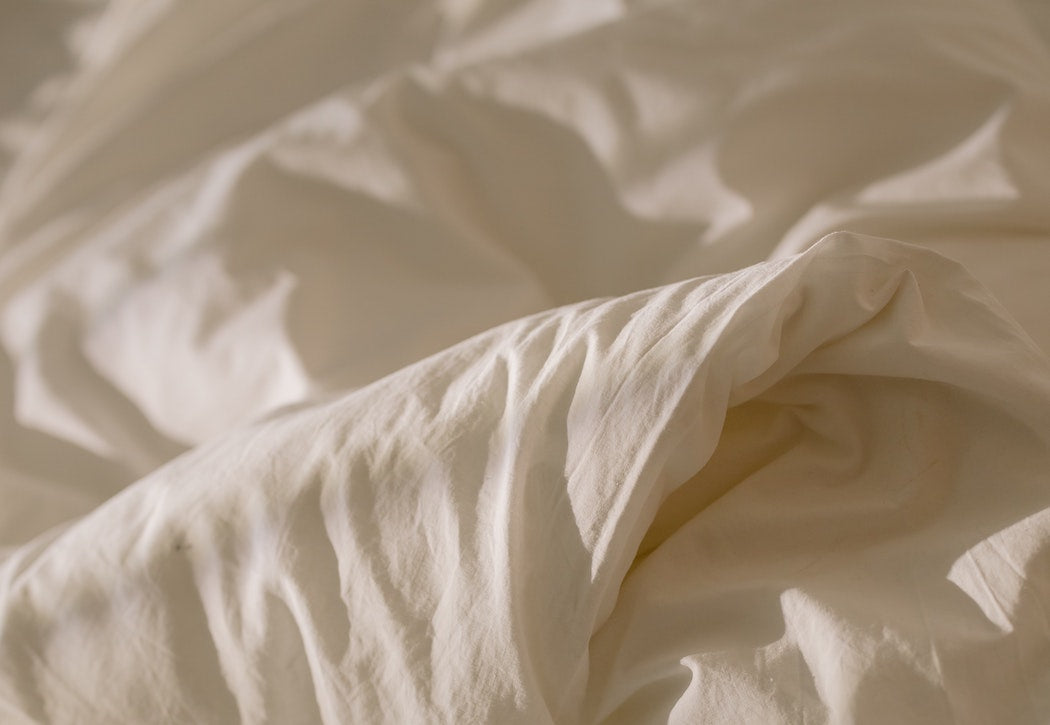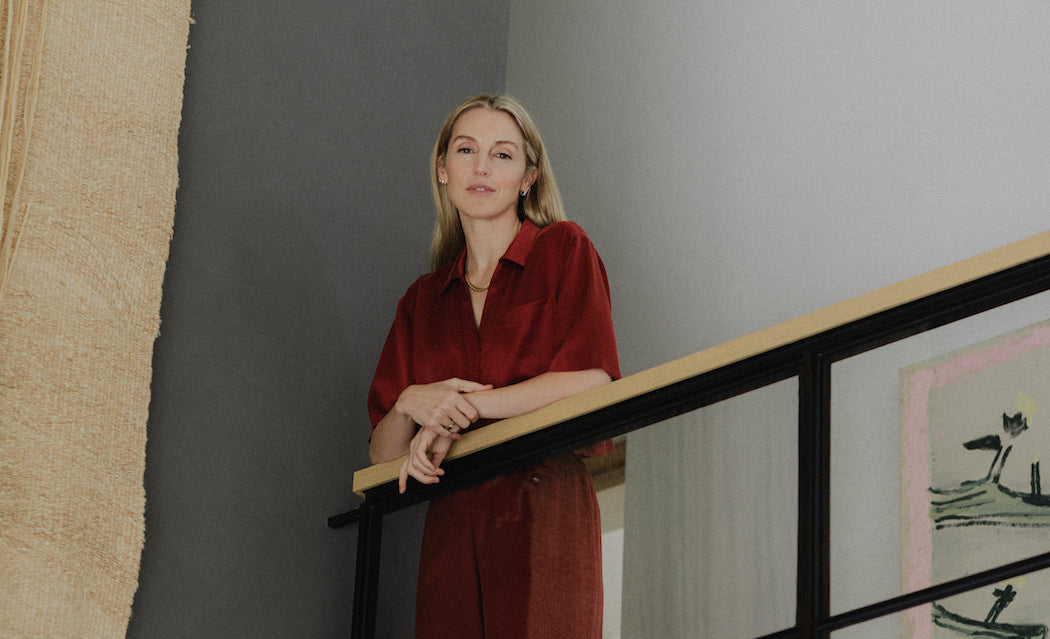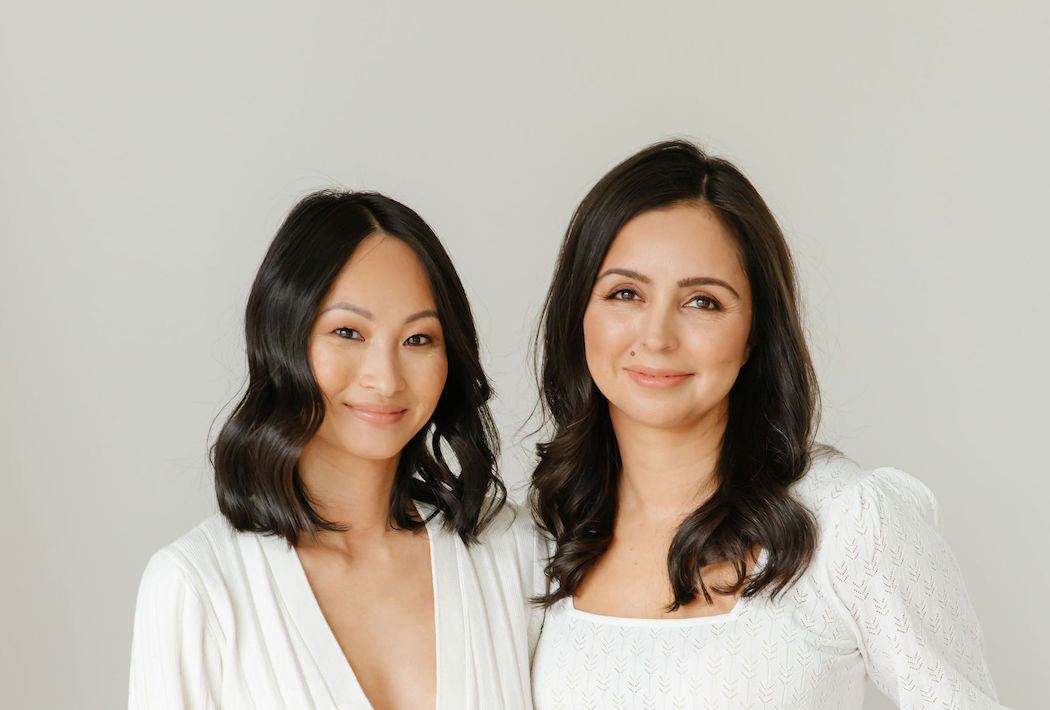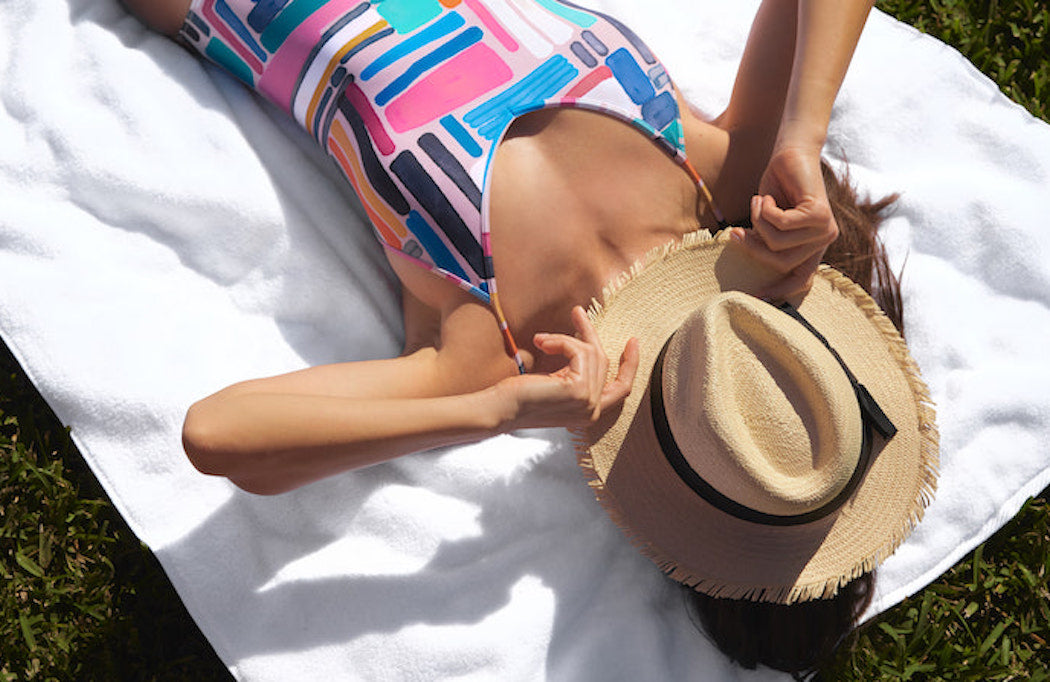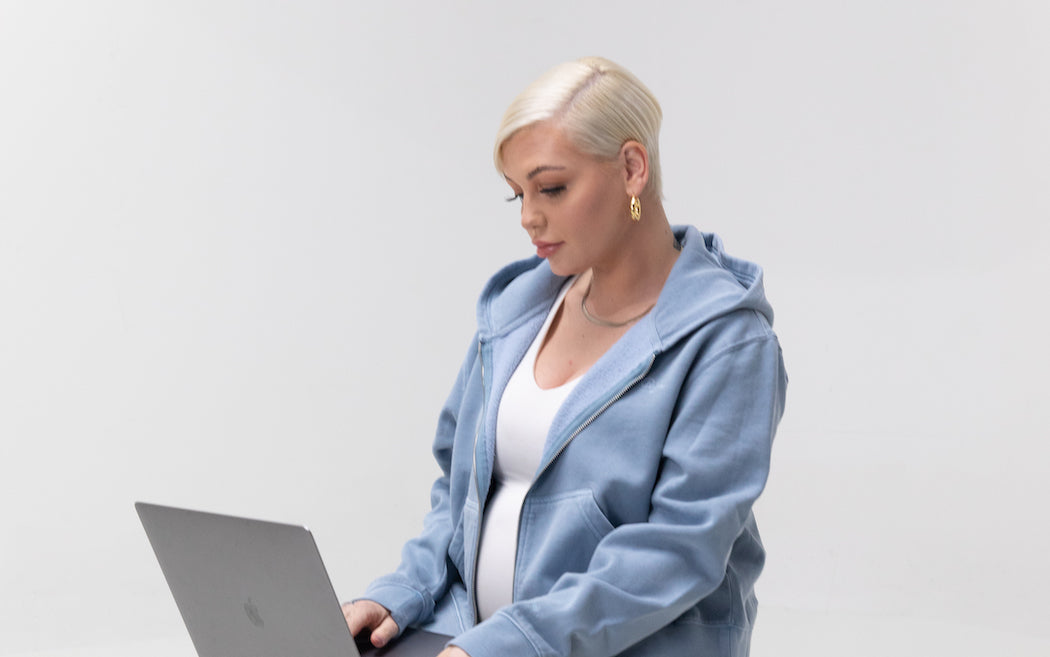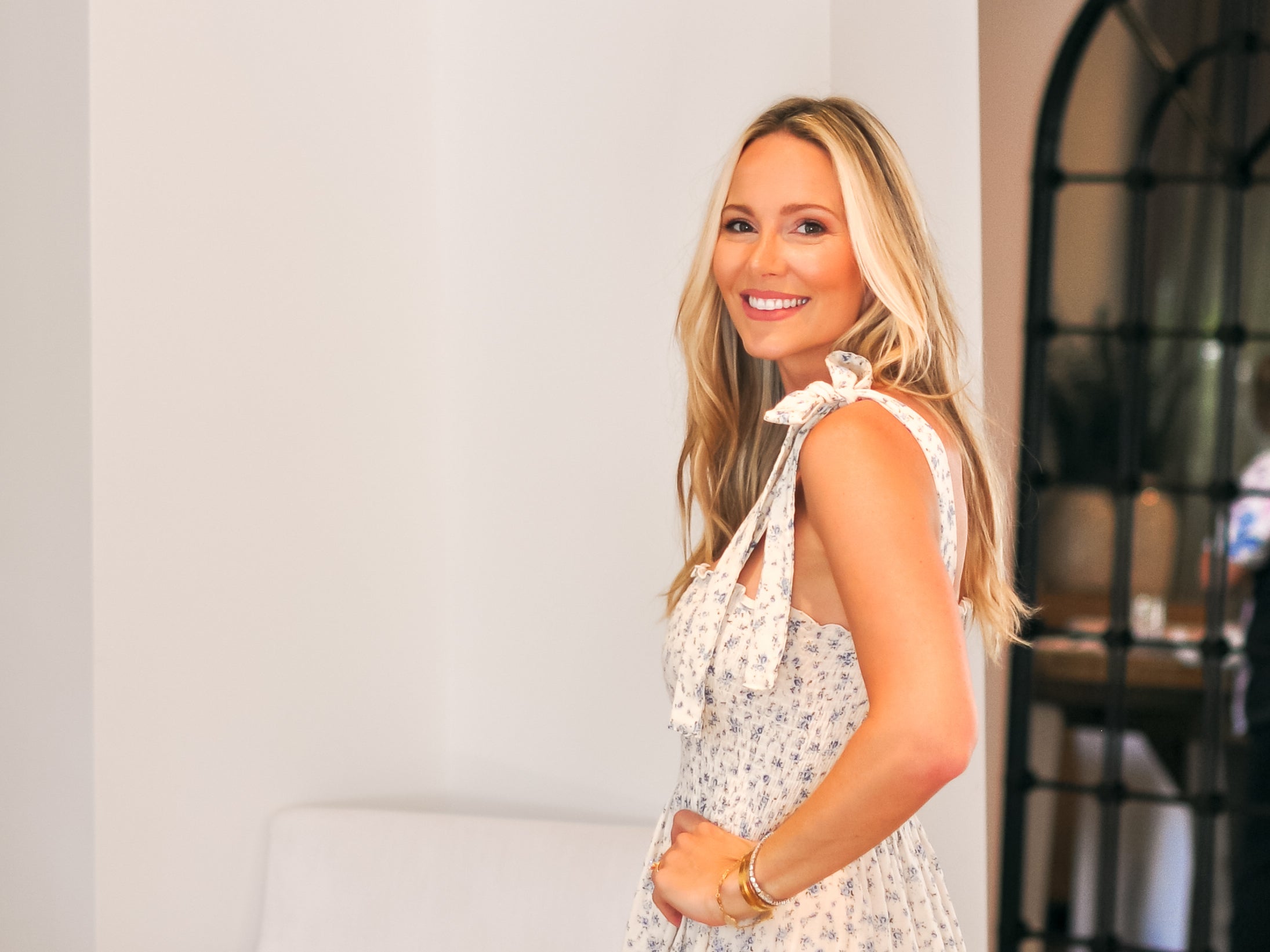Pandemic life has caused things to simultaneously speed up and slow down. Everything seems to meander, to stretch on forever with no end in sight; at the same time, it’s all quickly blurring together—as if we’re watching our lives on fast-forward, trying to get to the good part.
How often do we pause, take stock, catch our breath? Look around? Feel inside our bodies—really feel it? Just because we’re spending most of our time in the same space doesn’t mean we’re present. It’s not so easy; everyone is languishing. But a few minutes of mindfulness can help. They can bring us home to ourselves. They can return us to the earth. On a more practical level, they can break up the monotony of our days.
This is the core of Open: a digital mindfulness studio offering yoga, mediation, and breathwork from a diverse roster of instructors. Open’s live-streamed classes are warm and welcoming; beautifully shot; expertly led; and paired with exactly the right music for the mood. From early-morning yoga to quick lunchtime meditation, it’s about getting a few moments to yourself. It’s an act in recentering, and it’s something we all need more of.
For cofounder Manoj Dias, this is his life’s work. More than that, though, it’s his oxygen. Via video from his home in Santa Monica, Australia-born Dias discusses the inspiration for Open, how he takes care of himself, and why we need to start learning to live with our discomfort.
What did you want to create with Open that you felt was missing in the—and I kind of hate this word—wellness space?
When we got together to design this company, we really considered what was out there and the landscape, what each of us was individually doing, and then how to create something that we’re really proud of and we think the world needs at this moment in time. I had in Australia a studio called A—Space, which was Australia’s first drop-in meditation studio at the time, and a big focus for that studio was around creating access to the community, serving underprivileged communities, a higher representation of a BIPOC teachers, and then also this really big emphasis on giving back to the community. And I think, when I got together with [Open cofounders] Brian and Raed, that was a clear emphasis for us—we wanted to create access for people, and access looks different for everyone. We’re talking about access financially, first of all, and we’ve created a very fair accessible price point at $20 a month, compared to what else is out there in the marketplace. But we’ve also created access through the modalities and the practices as well, so anyone can really jump into a class, and they’ll have the ability to move with us, to breathe with us, and to meditate with us.
It was really about creating this focus on the body as a gateway to the present moment. I think, from a mindfulness lens, we’ve spoken a lot about the mind, and it’s become a very cognitive exercise for a lot of people. We know the benefits of mindfulness and we know we should be doing it—science tells us this—and the mind is at the forefront of it. But I think where the juice really is, and where the rubber hits the road, is the body. Because even from a Buddhist meditation perspective, which is my background, Buddha spoke about the foundations of mindfulness, and that it begins in the body. So for us, the body is a focal point. That’s why our meditation’s very focused on the body, our breathwork focuses on the body, and then obviously we have the movement element to it. So the hope is that we create a very holistic experience of presence and awareness and connection.

What are some of the things that you’ve noticed in your own body and your own life since starting your mindfulness practice?
I came to it with a lot of health issues. I had some pretty bad insomnia, anxiety; I went through addiction. I had the whole gamut of things. And largely, if I look back on that, and I look at some of the things that I was told from doctors and psychologists, there’s a very quick and heavy emphasis on treating the symptoms of these problems, and not really looking at the root causes of some of these issues. And this is by no means intended to discredit the medical fraternity of the world, but it’s to say that things like anxiety, for a vast majority of people—if we learn to not necessarily try to get rid of it, but try to understand it and then relate to it, and then almost treat it like it is a part of our life, then the level of suffering we experience actually changes.
And I think that’s so much my philosophy on teaching: that our human experience is our human experience. We’re not just trying to have positive human experiences, and if we orientate our lives towards just having that, we will come to a point where we won’t know what is a positive experience, and what is something that we can learn from and grow from. There’s the old saying: you have to have the darkness to see the light, otherwise how would you know the difference? We’ve been taught that anger is bad; we’ve been taught a lot of these old-school views on emotions and feelings. And the wellness culture that you and I despise a little bit has really profited from that: “feel good, don’t feel bad.”
“Good vibes only.”
Yeah. I’ve always believed that there are no “good” or “bad” feelings. They’re all valid. They are part of our experience, and if we can learn from them and welcome them, purely psychologically, they’re more beneficial to our life than simply avoiding negative things.
So how do you put that in practice for yourself? Because it’s easier said than done to avoid negative things.
At its heart, it’s mindfulness. We become aware of our present moment experience and we notice where we are clinging, or where we’re practicing aversion. We’re oscillating between those two constantly: we want more of this, we want less of this. And over time, we can slow down our mind and we can become more self-aware.
What else do you do to take care of yourself?
There are practical things and there are more philosophical things. Philosophically, I give myself a break. I’m cultivating more compassion for myself and for the fact that I think to some degree, we’re all trauma survivors from the last 18 months. And some of us don’t now want to go out into the world because it causes social anxiety; some of us don’t know how to integrate back into the world. So for me, it’s giving myself a break and knowing that no two days are going to look the same. It’s understanding that I might have different needs on different days. And it’s prioritizing rest.
Practically, it’s making sure I eat foods that are going to nourish me. Being mindful of my choices: making sure I’ve moved my body and sat down. For a long time, I just focused on the meditation part of life. But the body is holistic, it needs to be moved and exercised. So, some days I’ll do yoga, some days I’ll go for a run or go boxing. Listening to my body in that way is really important, but then also making sure I prioritize two things. One is my [mindfulness] practice; 10 minutes is my absolute minimum. But I hope, usually, to get about 30 minutes of practice a day. And I’ll also prioritize friendship. I think the power of social connection, be it online or offline—we can’t undervalue it anymore. And I think friendship is just as important as meditation or mindfulness. A good, wholesome friendship is really beneficial.

For someone who's just maybe dipping their toes into mindfulness for the first time, where do you suggest they start?
I actually tell them that they have already been mindful in their life—they just didn’t know that at that moment they were being mindful. The example I’ll usually give is for runners. There’s a moment within the run when you hit a flow state and the mind gets really quiet. You are smelling the aromas, you’re really in tune with your legs, you’re seeing greenery, you’re taking things in. Provided you haven’t got music blasting or you’re talking to someone else, that is a very mindful experience. And then there’s cooking, and then there’s making love, and then there’s having a deep and meaningful conversation. These are very similar experiences to the informal practice of mindfulness, which is present-moment awareness with curiosity and compassion.
Then there’s the formal practice of mindfulness. I think it’s tremendously beneficial to give yourself five to 10 minutes every day to just be present to your experience. And I always say to do five to 10 minutes a day, as opposed to 30 minutes once a week, because it’s so rare in our day-to-day life that we actually stop and turn inward and reflect. And give ourselves one thing to focus on, as opposed to a million things to focus on. There are a whole host of health benefits that I could rattle off about that, and I think it’s ad nauseam to actually say that, because I feel like I’m selling something. But the best sales pitch is that most people are missing their life; they’re missing the moments of their life. It can feel like we’re on a hamster wheel that we can’t get off, and mindfulness allows us to stop for a moment. Be our body. And when we’re doing that, we can connect with other people, as well, in a very authentic way.
Is there anything else you’d like to share?
There are very different styles of practice that one can use these days. I think Open is really great at bringing people in, either through yoga or breathwork, and then having them realize that this experience of mindfulness is accessible through multiple different ways—including connection, friendship. For anyone brand-new, I say to just get curious about what feels right for them: what’s exciting for them, and what do they love to do? That can be the gateway to mindfulness.
This interview has been edited and condensed for clarity.

